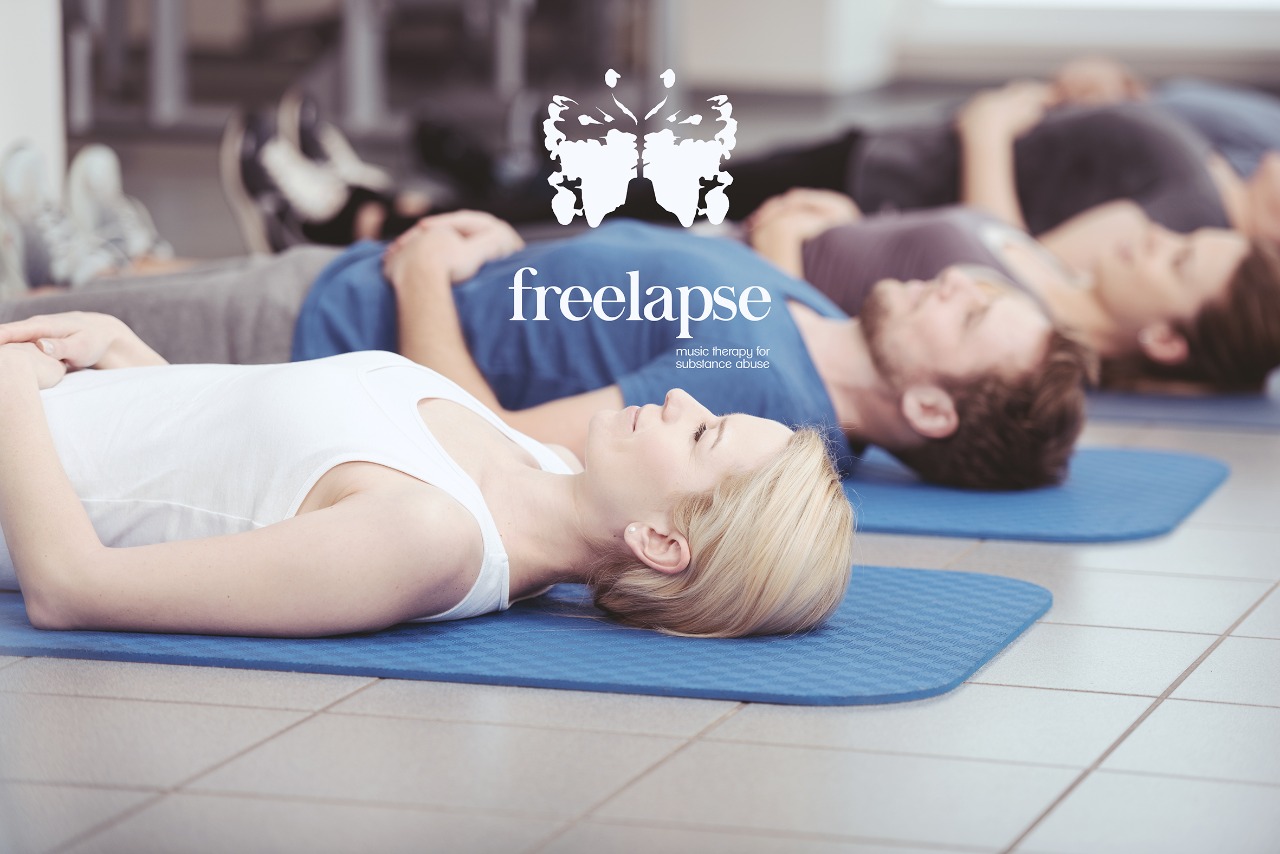Overview of “Freelapse” Method Used in Music Therapy
The term “Freelapse”, derived from “Relapse-Free”, is used to describe a case or a kind of mood alteration without intentionally consuming addictive substances.
Based on a psycho-educational multi-sensorial receptive music therapy, “Freelapse” method aims at protecting an addict from relapse, i.e. a deterioration and return to drug use; changing therefore their cognition and making them aware of their own actions and intentions in order to rebuild a constructive action plan.
Hence, a specific music with various frequency waves is used, depending on the objective of each therapy session. In fact, the frequency of the music played during the therapy regulates Alpha or Beta activity in the brain of the addict, weakening therefore the resistance and expression barrier toward the therapist; providing relaxation, imagination and concentration and promoting the learning capacity and production of serotonin and endorphin (Chen, X., et al.2013).
Freelapse is divided into 30 sessions, each being specifically designed for a field constituting one of the causes for the relapse of the addict. comprises a total of 8 weekly sessions, each lasting 1h15mins. A session can host 8 to 12 participants that should have already spent at least 2 months in the rehabilitation center. Upon completion of the program, the participants are rewarded a certificate that testifies to their participation in the sessions, and hence to a successful completion of the Therapy. Below is an overview of 8 sessions:
- Affection: Preparedness to deal with loss of affection and insecurity and to invest in emotional sources.
- Losses: Development of emotional maturity; adaptation to cope with negative emotions entailed by losses and recourse to other choices of the cognitive schema, away from addiction.
- Tension / Pressure: Creation of new ways to cope with psychological (internal and external) tension/pressure to depart from the seemingly easiest solution, i.e. the drug.
- Priorities: Change of the order of priority concept (family, job, relationships, social life, hobby, …) of the addict to highlight the importance of their health, first and foremost.
- Relapse: Decreased risk of relapse by making the addict aware of all external and internal factors leading thereto.
- Fear of Change: A mindset shift to the concept of efforts which seems to be hard for the addict.
- Self-Esteem: Reinforcement of self-regard of the addict by establishing the reasons for it.
- Assessment and Action Plan: Filling in of a relapse prevention form, including its stimulants, the causes of addiction and the behavior to be adopted to face problems to ensure a better protection.
